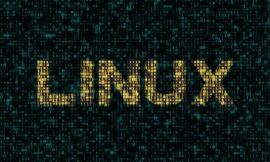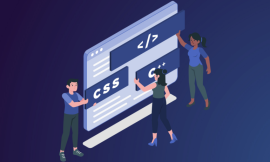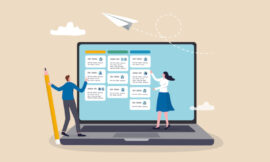GNOME 42 is almost here. Jack Wallen has kicked the tires (thanks to GNOME OS Nightly) and came out of the experience thrilled for the future of this open-source desktop.
![]()
GNOME 42 is on the horizon, and although it’s not nearly as dramatic a change as we saw with the release of GNOME 40, there’s plenty to be excited about. The upcoming iteration of the open-source desktop is all about GTK4/libadwaita. This has been a rather tumultuous change in the GNOME landscape, as many users fear theming will be removed from the GNOME desktop, because of libadwaita.
For those who haven’t been following, libadwaita is a GTK 4 library implementing the GNOME HIG (Human Interface Guidelines), complementing GTK. Libadwaita is the successor to libhandy (which was a library to create mobile versions of GTK and Gnome applications). The ultimate goal of libadwaita is to separate GNOME and GTK, so themers and third parties can enjoy a greater amount of freedom.
SEE: Linux turns 30: Celebrating the open source operating system (free PDF) (TechRepublic)
Controversy aside, GNOME 42 should be looked at as a polishing of the previous releases, with a couple of important app replacements and the porting of the core apps to libadwaita. The list of core apps that have been ported to libadawaita are:
- Disk Usage Analyzer
- Fonts
- To Do
- Tour
- Calendar
- Clocks
- Software
- Characters
- Contacts
- Weather
I was able to test out GNOME 42, thanks to the Flatpak version of GNOME Boxes (because the Snap version simply doesn’t work). From the Boxes interface, create a new instance and then download GNOME OS Nightly (Figure A). Once everything is up and running, you can then experience what GNOME 42 has to offer.
Figure A
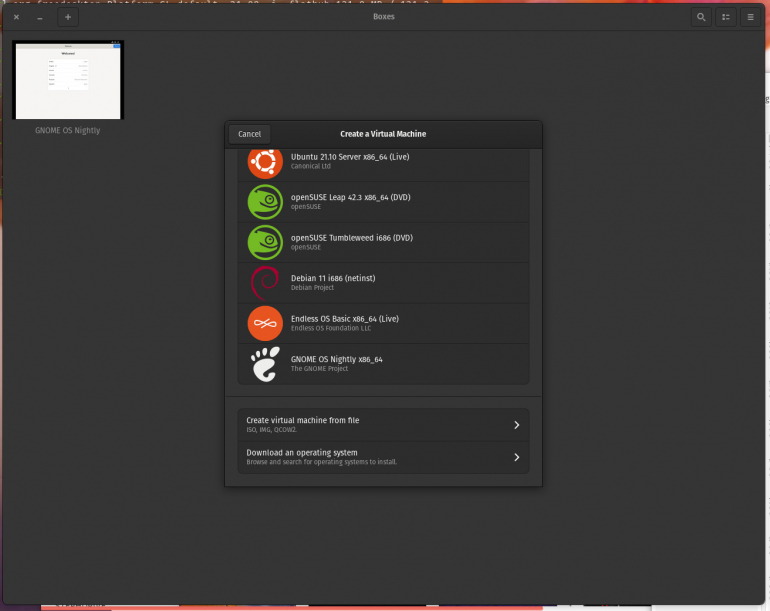
To be perfectly honest, the casual user isn’t going to notice much difference in the GTK4-ported apps. Take, for instance, the Calendar app (Figure B).
Figure B
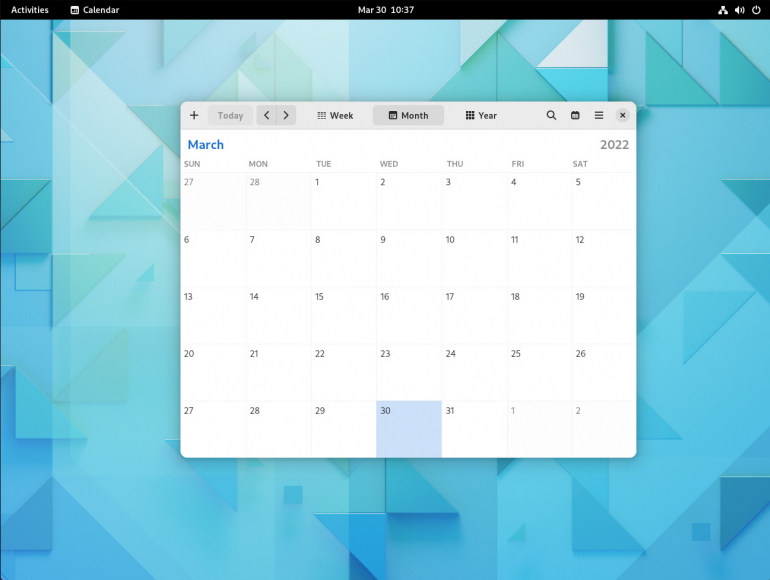
There are plenty of subtle differences between the old and new core apps, but the most important thing here is that the port to GTK4 is the future of GNOME, and it makes for a very clean UI.
Beyond the GTK/libadwaita goodness, there are two big changes that have occurred with GNOME 42. Two of the core apps have been replaced. Gedit has been the default GNOME text editor for years. With GNOME 42, the new default text editor is called Text Editor. This new app (Figure C) is a more refined take on the text editor. The best feature of the new text editor is that it includes an autosave feature.
Figure C
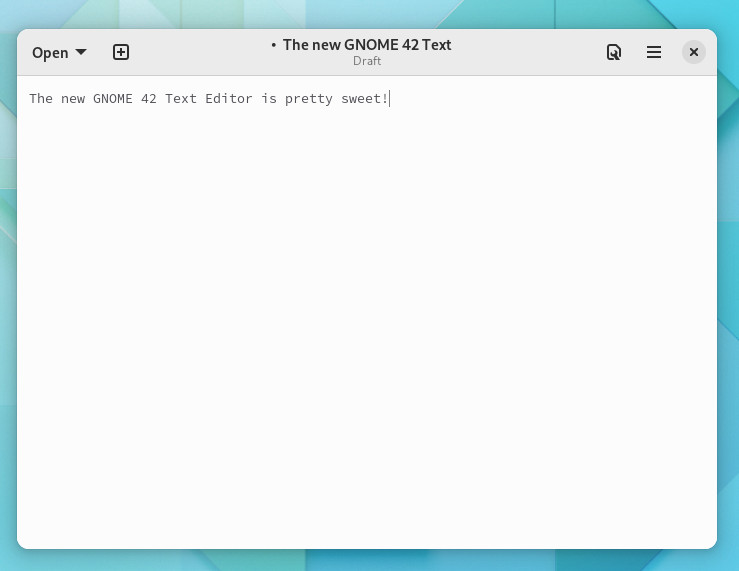
Another new app is called Console and is a replacement for the long-in-the-tooth gnome-terminal. If you’re a fan of using the terminal window, you’ll really appreciate how clean this new replacement app is. Console (Figure D) is a no-frills tool that (like Text Editor) better follows the GNOME HIG.
Figure D
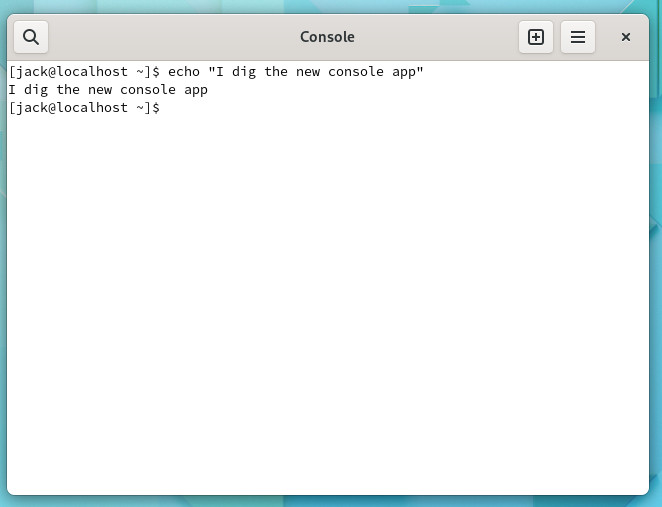
What about performance?
Thanks to the new GTK 4 GPU acceleration, GNOME 42 is not only noticeably faster than previous releases, all GUI windows and animations are about as smooth as I’ve ever seen on a desktop … regardless of OS. Transitions are smooth, window movement is clean, and apps open very quickly. This is hands down, the best performing release of GNOME I’ve ever used. And given I’m working with a nightly release, that’s impressive.
Miscellaneous changes
There are a few other small changes to note with GNOME 42, which include:
- The default web browser now supports hardware-accelerated rendering.
- Eye of GNOME now supports overlay scrollbars and smooth keyboard scrolling.
- Tracker indexer memory usage has been reduced by 50%.
- Maps now includes visible icons for U-turns in turn-by-turn routing.
- A built-in screenshot tool makes it easier to take screenshots and record videos of the desktop.
- Wallpaper changes based on if you’re using the light or dark mode.
- Remote login is simplified and is managed within Settings | Sharing (Figure E).
Figure E
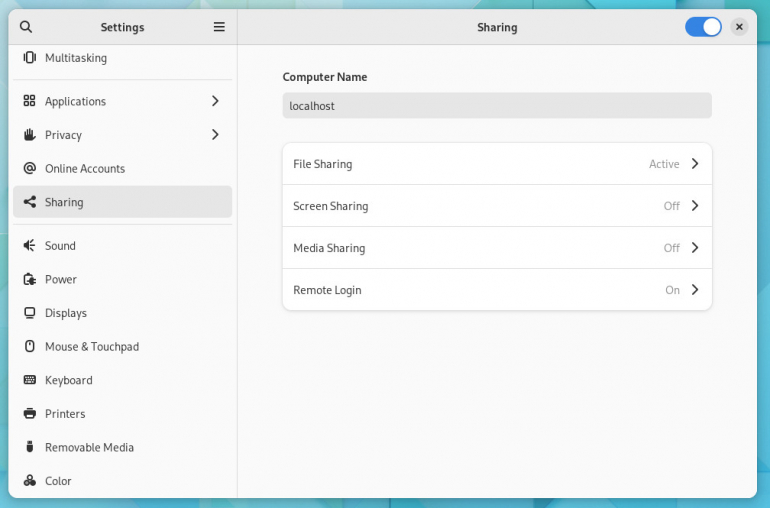
I cannot lie, I’m excited about the latest iteration of the GNOME desktop. Between the cleaned-up UI, the performance increase and the new apps, GNOME 42 is exactly what the desktop needed. I highly recommend you keep a watch on the release, so you can be sure to get the best GNOME experience available.
Subscribe to TechRepublic’s How To Make Tech Work on YouTube for all the latest tech advice for business pros from Jack Wallen.
Source of Article

